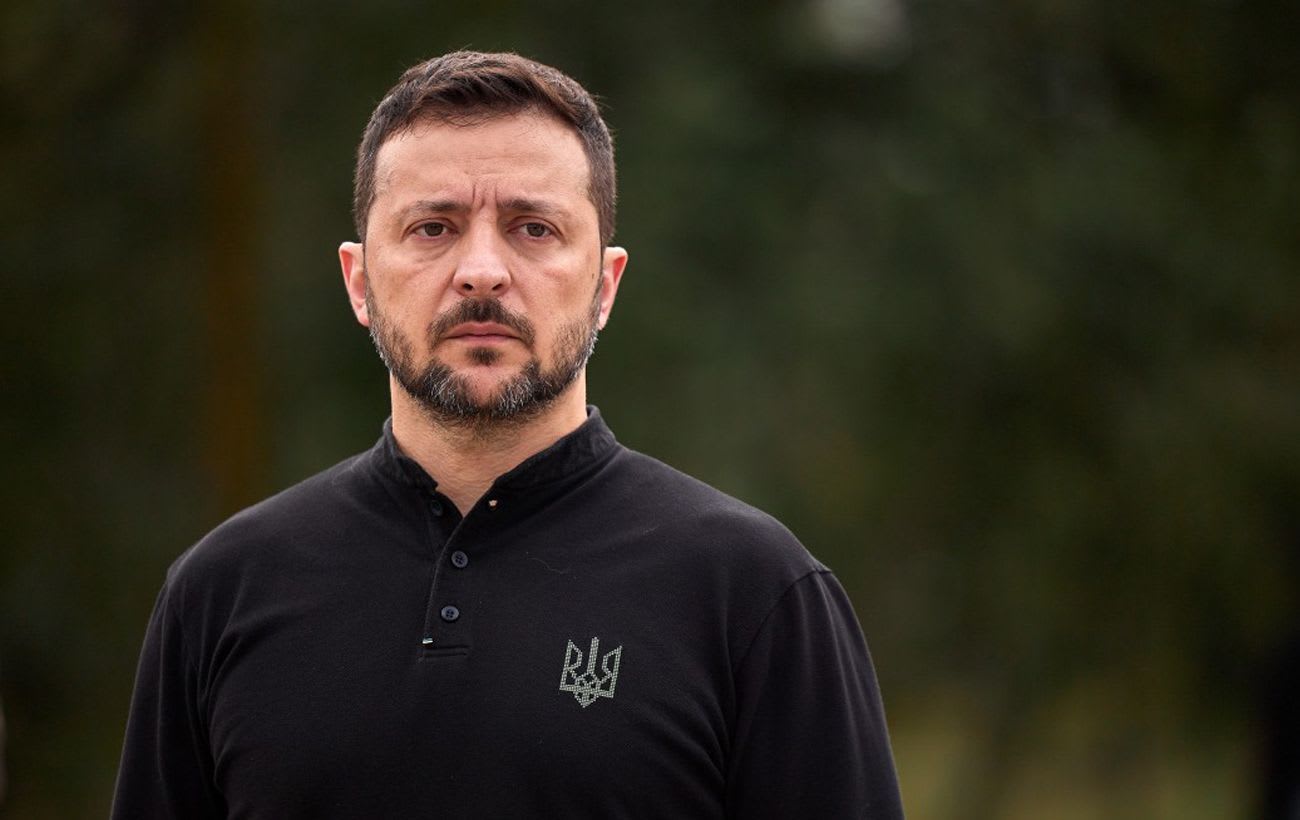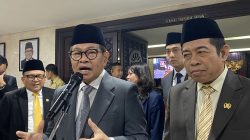Key Developments in the Ukrainian Frontline and Drone Production
Ukrainian President Volodymyr Zelenskyy recently convened a meeting of the Staff of the Supreme Commander-in-Chief to review the ongoing military situation and explore the strategic use of drones. This gathering was part of his evening address, where he emphasized the importance of maintaining strong defenses and leveraging technological advancements.
During the meeting, Zelenskyy received detailed updates on the current status of the frontline, with particular attention given to the Pokrovsk and Novopavlivka directions. Additionally, discussions included the Orikhiv area and developments in the Sumy region. The conversation also covered operations conducted by the Ukrainian Armed Forces within Russian territory, specifically near the Kursk and Belgorod regions.
Tolong support kita ya,
Cukup klik ini aja: https://indonesiacrowd.com/support-bonus/
Zelenskyy highlighted that these areas are no longer safe for Russian forces. He stressed the need to significantly expand the use of all types of drones, which have proven essential in both defensive and offensive operations. According to the president, drones and other technological solutions are currently the most effective tools for repelling Russian attacks and conducting active military actions.
The Situation in the Pokrovsk Direction
The Pokrovsk direction continues to be one of the most critical and volatile zones on the frontline in eastern Ukraine. In recent weeks, the General Staff of the Ukrainian Armed Forces has reported intense combat activity in the area. Despite this, earlier in May, Commander-in-Chief Oleksandr Syrskyi stated that the defense forces had managed to stabilize the situation in the Pokrovsk region of Donetsk.
However, according to the Institute for the Study of War (ISW), there is concern that Russian forces may attempt to encircle Pokrovsk in the coming months. They could potentially bypass the fortified Ukrainian defense line from the west, which would pose a significant threat to the current front-line positions.
Ukraine’s Drone Production Capacity
One of the key points discussed during the meeting was Ukraine’s ability to produce drones. Defense Minister Rustem Umerov previously mentioned that the country can manufacture approximately 10 million drones annually. He noted that domestically produced drones are not only more cost-effective than foreign alternatives but have also been successfully tested in real combat conditions.
Support us — there's a special gift for you.
Click here: https://indonesiacrowd.com/support-bonus/
This level of production underscores Ukraine’s growing capability to sustain its military operations without relying heavily on external suppliers. The emphasis on drone technology reflects a broader shift in modern warfare, where unmanned systems play a crucial role in reconnaissance, targeting, and even direct combat support.
Strategic Implications of Drone Usage
The increased focus on drones highlights a strategic shift in how Ukraine is approaching the conflict. These devices offer several advantages, including reduced risk to human life, enhanced situational awareness, and the ability to conduct precision strikes. As the war continues, the integration of advanced drone technology into military operations will likely become even more vital.
Moreover, the domestic production of drones allows Ukraine to maintain a steady supply of these assets, ensuring that the armed forces can continue their operations effectively. This self-sufficiency is particularly important in a conflict where access to foreign military aid can be unpredictable.
Conclusion
The recent developments in the frontline and the growing emphasis on drone technology demonstrate the evolving nature of the war in Ukraine. With continued investment in domestic production and the strategic deployment of unmanned systems, Ukraine aims to maintain its defensive capabilities while also launching targeted operations against enemy positions. As the conflict progresses, the role of drones is expected to become even more central to the military strategy of both sides.







